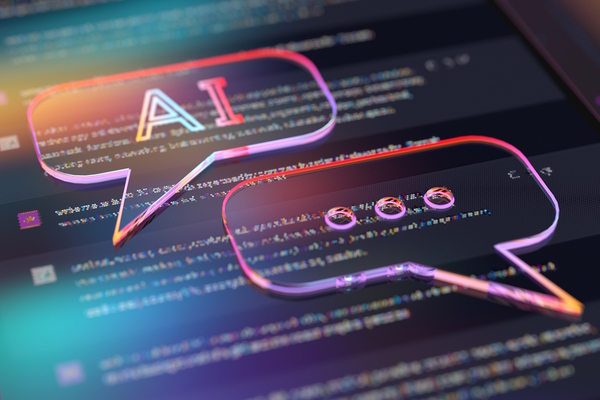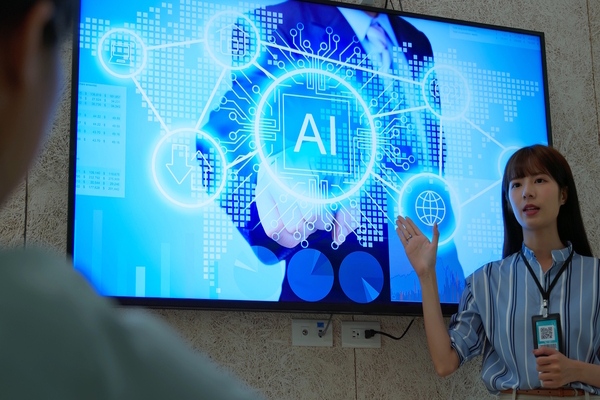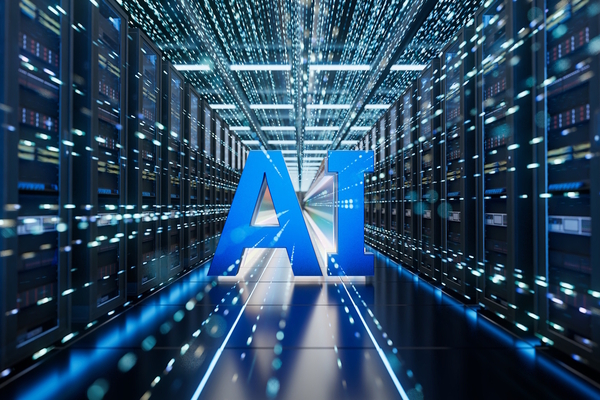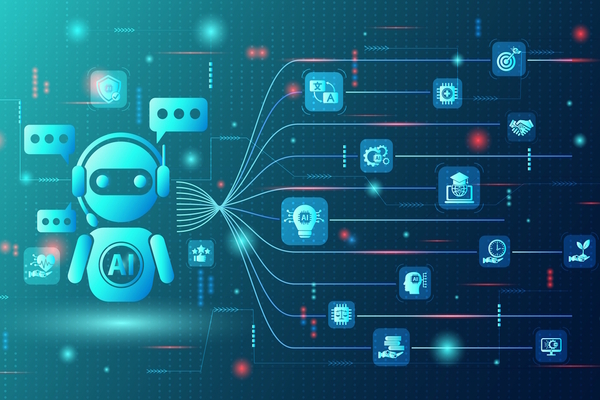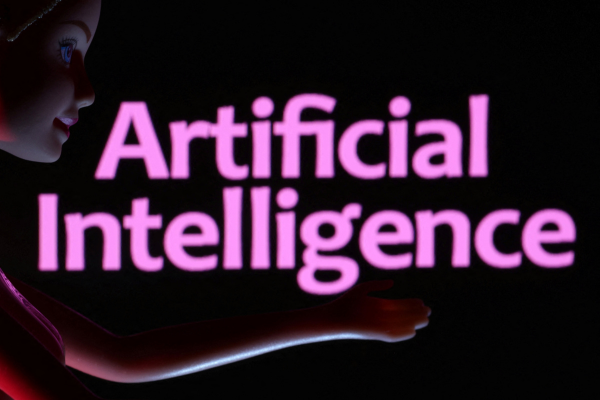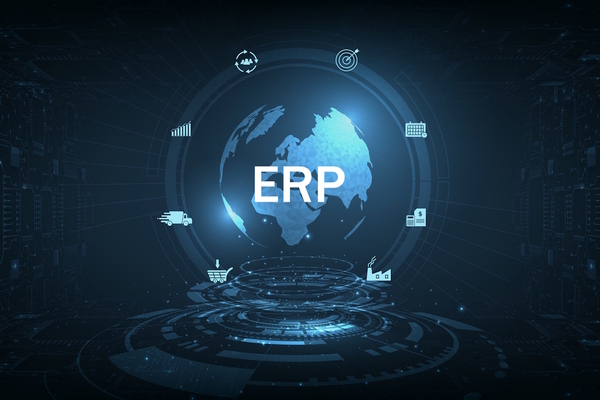Connectivity driving artificial intelligence

Frank Jones at IMS Evolve argues that AI innovation will be driven by connected ecosystems
According to the Gartner Hype Cycle, most AI applications are still in the ‘innovation trigger’ phase of their development. This is encouraging businesses to dive headfirst into applying AI to their operations without fully considering where it might be most valuable and how to achieve this value.
While the perception may be that failing to invest in AI will leave them behind the pack, it’s the businesses that are taking their time and thinking their deployment through that will unlock a true competitive advantage.
The first stage of this considered deployment, especially for large enterprises with sprawling operations, should be to ensure they prioritise connected ecosystems. This will see different parts of their operations joined into one seamless workflow, where processes can be tracked holistically in real time.
When this is done right, they can avoid trying to apply AI to siloed operations, which would result in inconsistent results and inefficient ways of working. Those who achieve connected ecosystems will reap the rewards of greater AI-driven opportunities and faster decision-making capabilities.
The crux of the matter is: don’t run before you can walk. Implementing connected ecosystems first will ensure that any investment made into AI isn’t wasted down the line.
Where we are now
The concept of connected ecosystems is well-trodden in the IT sector, with synergies often found within software and third-party applications to track tasks, streamline collaboration and share knowledge easily. This is also the basis for deploying intelligent automation, as it allows actions to trigger responses in other systems without anyone needing to manually intervene.
However, not every industry is there yet. Typically, businesses can wait for system upgrades to take place over a year or more. But this simply isn’t practical when it comes to AI.
The pace of development and innovation in this space is so rapid that we’re seeing significant leaps forward in AI’s capabilities every other month (or so it seems). This means that AI needs to be rolled out rapidly to ensure that the capabilities businesses have spent their valuable money and resources on can deliver the greatest possible impact and give them the competitive edge that they’re after. If they adopt a less sophisticated model than their competitors, they will be losing out on efficiencies and results.
This is why prioritising connected ecosystems is so important. To drive real-time innovation and enable these rapid changes in their digital infrastructure, businesses need an ecosystem in place that allows them to adapt quickly.
A chain is only as strong as its weakest link
The challenge comes when we consider the wider supply chain. Unless all the businesses in a supply chain understand the importance of a connected ecosystem and implement it across their operations, any value will be limited.
Even if the delivery of a product or service benefits from the seamless AI-driven operation of one, or a handful, of supply chain players, once it reaches one that either hasn’t been able to adopt AI or has adopted it inefficiently, any advantage will be lost. For AI to make a tangible difference, every company involved needs to be reading from the same hymn sheet.
The first stage is ensuring each business’ own systems are connected, and the second is to have one harmonious connected ecosystem covering the whole supply chain. This is because, even if each company has adopted AI independently, achieving any productivity improvements will be slow and complicated if the way they have rolled it out is incompatible.
Make no mistake, achieving a supply chain-wide connected ecosystem is no mean feat. Most supply chain businesses operate in a silo, using the systems and processes they have at their disposal, which will likely be at different stages of modernity. The challenge is to ensure that the supply chain innovates at the same pace to avoid creating greater disparities than might already exist. For supply chain businesses, being the one that doesn’t adopt AI, or does it badly, might result in your partners looking elsewhere.
The future is AI
We all know that the future will be AI-driven. Exactly what that might look like is still up for debate, but while the technology is still in its relative infancy, now is the time to get your house in order.
Eventually, AI will make business operations faster than ever, open the doors to connectivity greater than we’ve ever seen, and provide levels of efficiency that have so far been out of reach. So, while the use cases are still being ironed out, now is the time to ensure that your business, and wider supply chain, invest in technologies to facilitate connected ecosystems.
With data, processes and systems integrated in real-time across the supply chain, it can be agile and react quickly to changes. Whether that’s rolling out a new IoT innovation or rolling back something that hasn’t delivered the benefits promised.
Frank Jones is CEO at IMS Evolve
Main image courtesy of iStockPhoto.com and Panuwat Sikham

Business Reporter Team
Most Viewed
Winston House, 3rd Floor, Units 306-309, 2-4 Dollis Park, London, N3 1HF
23-29 Hendon Lane, London, N3 1RT
020 8349 4363
© 2025, Lyonsdown Limited. Business Reporter® is a registered trademark of Lyonsdown Ltd. VAT registration number: 830519543
